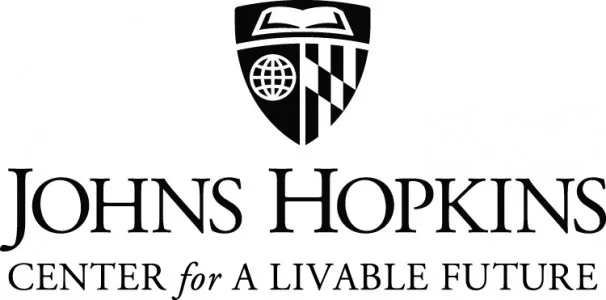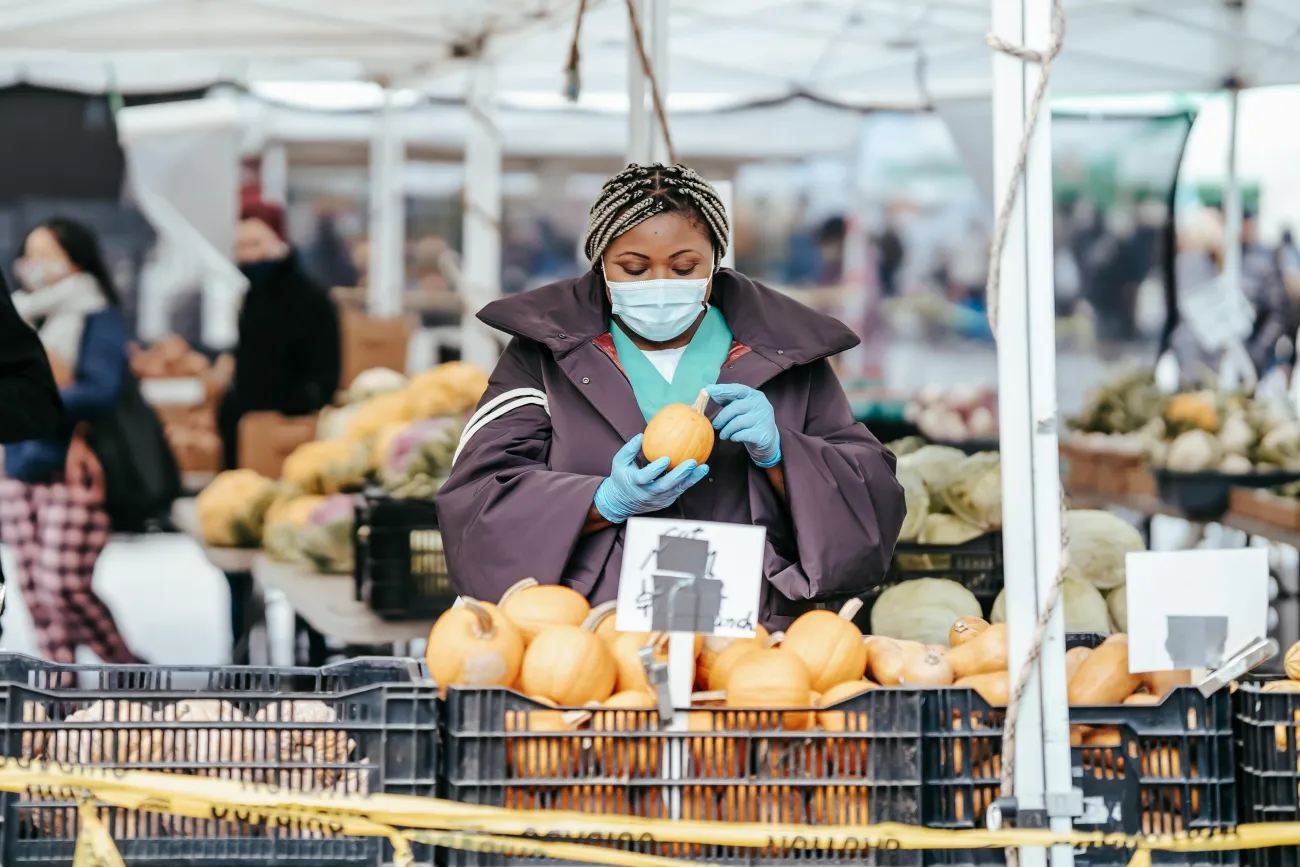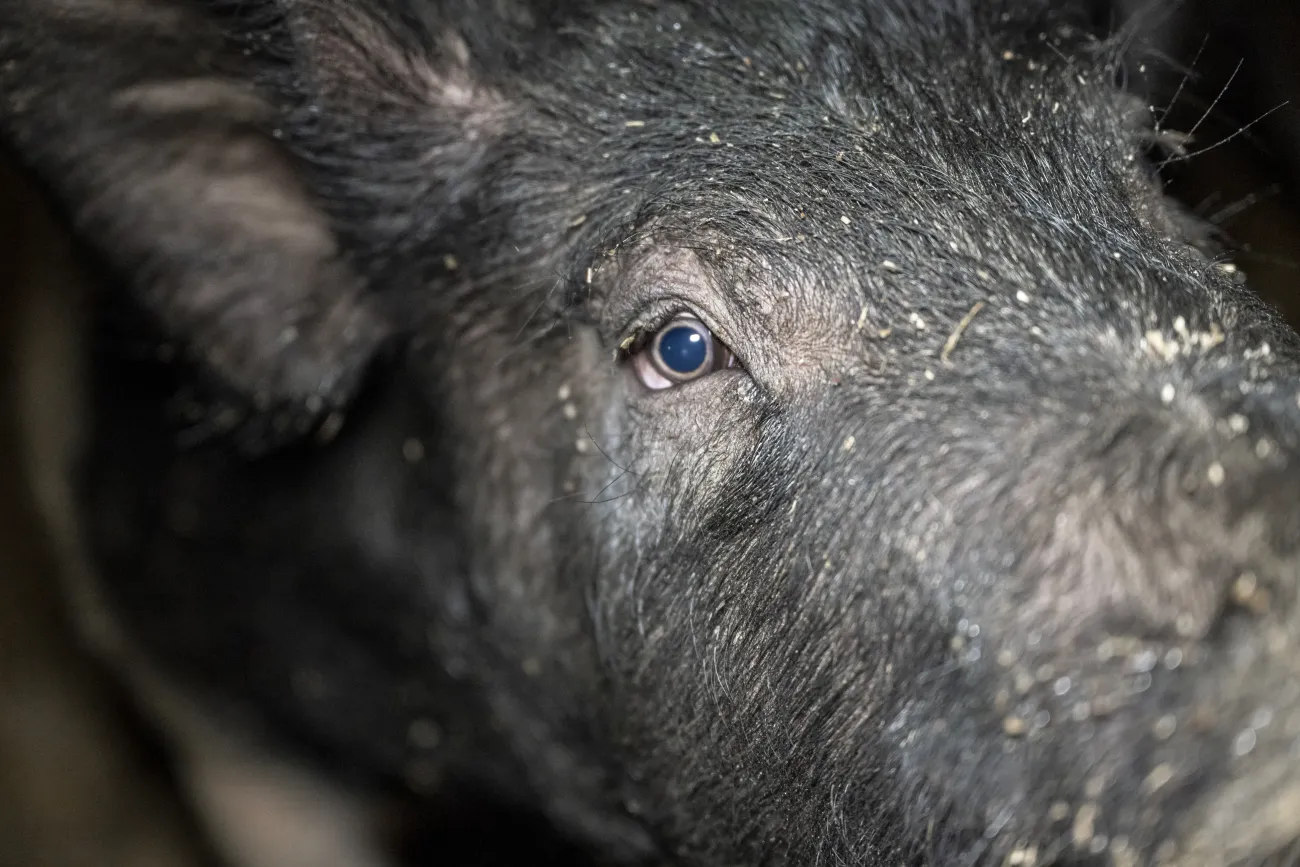This report by the John Hopkins Center for a Livable Future presents itself as the ‘first international landscape assessment of industrial food animal production (IFAP) in low- and middle-income countries (LMICs) to focus on trends in food animal production, related domestic and international policies, environmental and public health impacts and animal welfare.’

While industrial animal production has been high in Northern countries for decades, the IFAP model is now rapidly increasing in LMICs to meet increasing local and global demand. Public health and environmental problems associated with this model in high-income countries, may be heightened in LMICs due to a lack of regulation or effective policing. This report focuses on the beef, pork, and chicken sectors and presents finding from ten countries with relatively high meat production, namely Brazil, China, Ethiopia, India, Kenya, Mexico, Myanmar, Turkey, Uganda, and Vietnam.
Some of the main findings are:
- There is significant growth in animal production, and IFAP specifically, especially for poultry and pigs, although this industrial model is not yet dominant over more small household farms in most countries.
- In many countries, there appeared to be substantial national governmental support for industrializing food animal production.
- While more research on impacts of industrial animal farms is needed, the authors cite many reports of insufficient regulation of IFAP practices (e.g., inputs used, slaughter, animal waste management) and impacts (e.g., animal welfare, environmental pollution, and public health).
- One crucial area requiring attention is the use of veterinary drugs in food animal production. Misuse of antibiotic drugs in animal agriculture was common, with some evidence of associated presence of antibiotic-resistant pathogens in animal waste, at production sites, and in the surrounding environment.
The authors recommend the generation of additional information and analyses in the following areas:
- more in-depth analysis of government policies promoting the industrialization of food animal production and identification of policy levers to mitigate the impacts of IFAP
- a private sector assessment, which identifies major multinational meat-producing companies, their countries of origin, locations of activity, and country-specific production practices
- an assessment of major national and international flows of feed or feed raw materials
- a focused analysis of the regulation of animal welfare related to IFAP in LMICs
- studies of consumer perceptions and preferences regarding animal production and consumption of animal protein
- a planetary boundaries assessment for IFAP expansion in LMICs.
You can find the report here (pdf). In addition, a recording of the related webinar is available here.




Comments (0)